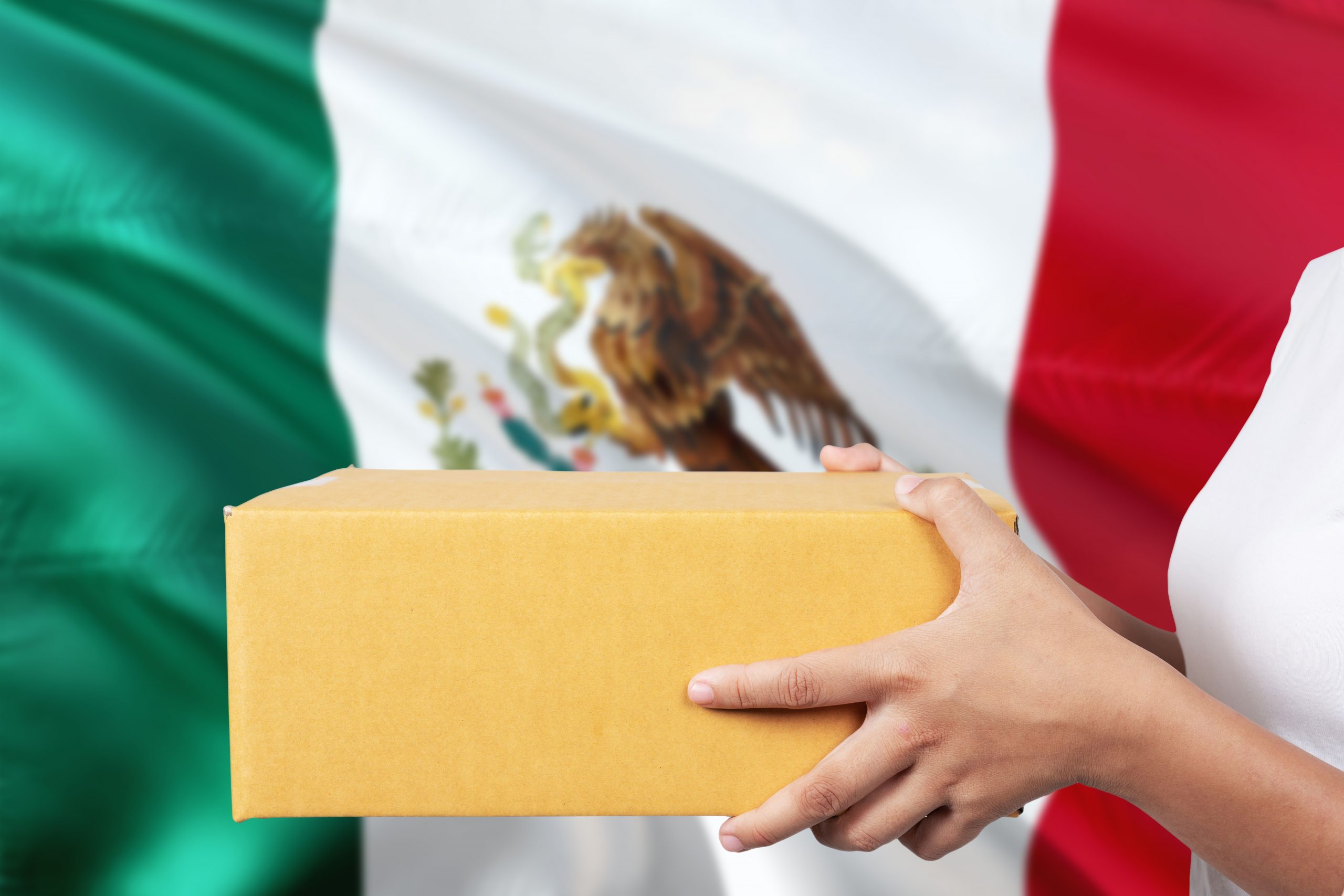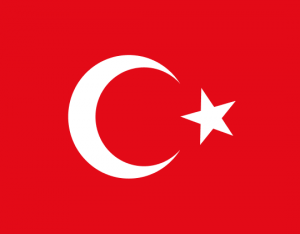How to measure the success of an international business expansion
Last updated: 25 May 2023
Measuring business success in your native territory can be difficult, so how do you monitor your impact after an international expansion?

Without measuring cold, hard data, how will you know what “success” looks like for your business? Less than 20% of companies felt confident that they could turn their data into insights. However, measuring business success and turning it into strategy is crucial when managing an international expansion, or else your e-commerce venture could fail in the new territories.
Keep reading to discover the key performance indicators (KPIs) you’ll need to monitor when implementing an international expansion.
Table of Contents
Establish your international expansion goals
First things first — what do you want to achieve? Without goals in mind, your measurements will have no baseline with which to compare.
For example, you may be a well-established business in your native country, with a lot of brand recognition and customer loyalty. You might already have sales in other countries through partnering with other businesses or featured in their media. Since you have a bit of brand recognition and a few existing customers in this new country, in the first instance, your goals should be focused on growing the customer base – retaining as many repeat customers as possible, and increasing loyalty.
However, if you’re looking to expand into an entirely new market — where you’ve never sold before — your goal will then be to garner some brand awareness around your logo, name, and products, and start gaining your first customers from there.
Your ultimate business goals can very much depend on where you are in your business journey. So, when planning your international expansion, bear these business aims and your starting point in mind so you can measure your success from the offset.
How to start measuring business success
Next, we’ll look at some of the main KPIs your business should be tracking to understand your business performance in new countries.
1. Website traffic/visits
If you have your own website, you should be using tools such as Google Analytics to track website performance.
Generally speaking, the more traffic your website is receiving, the better — more people are looking at your site, exploring the services or products you offer, and hopefully, buying them.
The number of visits can be revealing. If you receive a lot of traffic but very few conversions (sales), that might show your product descriptions or images need to be more compelling. The number of visitors to your site, versus the number of conversions is known as the conversion rate (CR) and is usually expressed as a percentage.
If you use another platform to sell your products, such as Etsy, Alibaba or AliExpress, then you can use the platform insights tools to get viewing and conversion figures. Again, if you see that the conversion rate is low, then you may want to try:
- Updating product copy and photos
- Being more competitive on price
- Offering faster shipping (if possible)
- Creating a faster checkout process (the fewer clicks needed to buy, the better)
Monitoring this metric, at least monthly, will help you gauge when you’re doing well and when you could be making improvements to sell to your new foreign audience.
2. Repeat purchases
The number of people who return to your website could show increasing customer loyalty, so monitor this regularly to see if you’re growing your customer base. This metric is known as customer lifetime value (CLV).
Often in commoditised industries, there is little to no brand loyalty, it all depends on what is convenient for the customer — in this case, you might prefer to only track new visitors and conversions. However, if you would like to increase your visitors’ CLV, monitor sales figures over a set period and try offering incentives. For example, provide previous customers with bonus content, extra goods or special deals alongside your products, to give you an edge over competitors.
- Open 15+ local currency accounts and get paid like a local
- Pay suppliers, partners and staff worldwide in 100+ currencies
- Collect payments for free from 130+ marketplaces and payment gateways, including Amazon, Etsy, PayPal and Shopify
- Take control of spending with the World Card, a business expense card that saves you more with 1% cashback. Learn more
- Save with competitive exchange rates on currency conversions and transfers
- Lock in exchange rates for up to 24 months for cash flow certainty
3. Social media followers
By featuring your products on social media, you can showcase the benefits, their alternative uses, and beauty — whatever sets them apart from other products in the market.
So, by building your social media presence and the number of people who follow you, your posts will be exposed to more consumers who will potentially purchase.
It’s simple to monitor follower totals, and social media platforms have built-in insights sections where you can monitor your follower growth.
Once you start building a follower base, you can also monitor the engagement your posts receive. Working on increasing comments, likes, shares and the reach of a post will bolster brand recognition in the new country.
Many businesses have separate social pages for different territories. Consider starting new brand pages for each expansion territory, this will help you keep a close track of your brand awareness goals.
4. Brand impressions
Brand impressions are the number of times your company name, or specific ads, are seen.
These metrics are a little harder to keep track of, as your brand name won’t always be mentioned alongside your products. Potentially, if you’re selling on another platform, customers might refer to the platform’s name rather than yours. For example, a customer might say they bought something ‘from Amazon’ and your brand name isn’t mentioned at all.
However, you can gauge impressions by finding the number of links to your website, your exposure and mentions on social media, or features in digital publications.
The more exposure your products and brand name get online, the more likely it is that your brand recognition is growing amongst the individuals in the community you’re targeting. You can use digital tools to help you quantify impressions, or you can make it a soft-KPI, where you monitor general exposure without exact figures.
5. Revenue sources
Finally, you can use Google Analytics or your selling platform insights tool to look at where your revenue is coming from.
First, look at the countries (if you have the data available). This will tell you if you are increasing sales in the expansion location. Set yourself realistic targets so that you can grow steadily without overextending your resources. Though “going viral” would mean a revenue boost short-term, it doesn’t equate to long-term success in a country.
Second, look at the pages which are bringing in the most revenue. Specific products may be selling more effectively than others in certain countries. Use this information to propel your product development and create sales strategies for even more success in your new location.
Disclaimer: The information contained is general only and largely our views. Before acting on the information you should consider whether it is appropriate for you, in light of your objectives, financial situation or needs. Although information has been obtained from and is based upon multiple sources the author believes to be reliable, we do not guarantee its accuracy and it may be incomplete or condensed. All opinions, estimates, mentioned products/services and referenced material constitute the author’s own judgement as of the date of the briefing and are subject to change without notice. WorldFirst shall not be responsible for any losses or damages arising from your reliance of such information.


What is the certificate of conformance (COC) and how to get one?
A certificate of conformance (COC) is a document issued by authorised agencies that attests that the goods meet all the required specifications or standards.
Jun / 2025
Your guide to import taxes in Australia
To help you get a better understanding of how much import taxes you’ll need to pay when bringing goods into Australia, we have put together this guide.
May / 2025
Mexico e-commerce market: your next growth opportunity | WorldFirst
Mexico offers huge potential to grow your business – especially if you can make and receive payments easily. Here’s what you need to know about expanding your business to Mexico.
Mar / 2024Choose a category below for more business, finance and foreign exchange support from WorldFirst.
- Almost 1,000,000 businesses have sent USD$300B around the world with WorldFirst and its partner brands since 2004
- Your money is safeguarded with leading financial institutions





























































